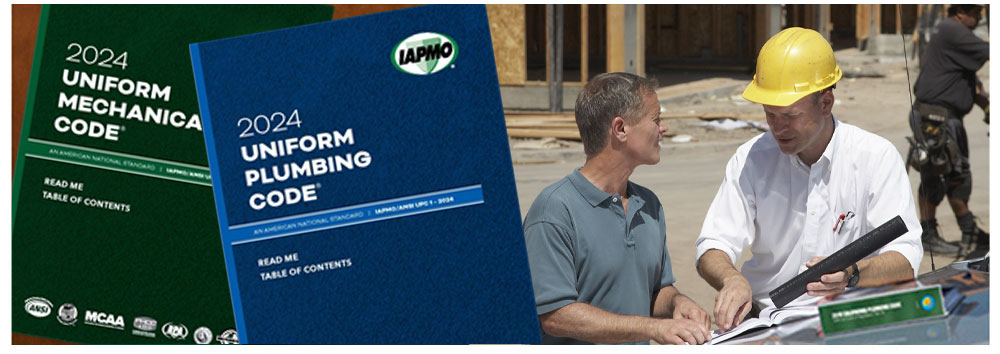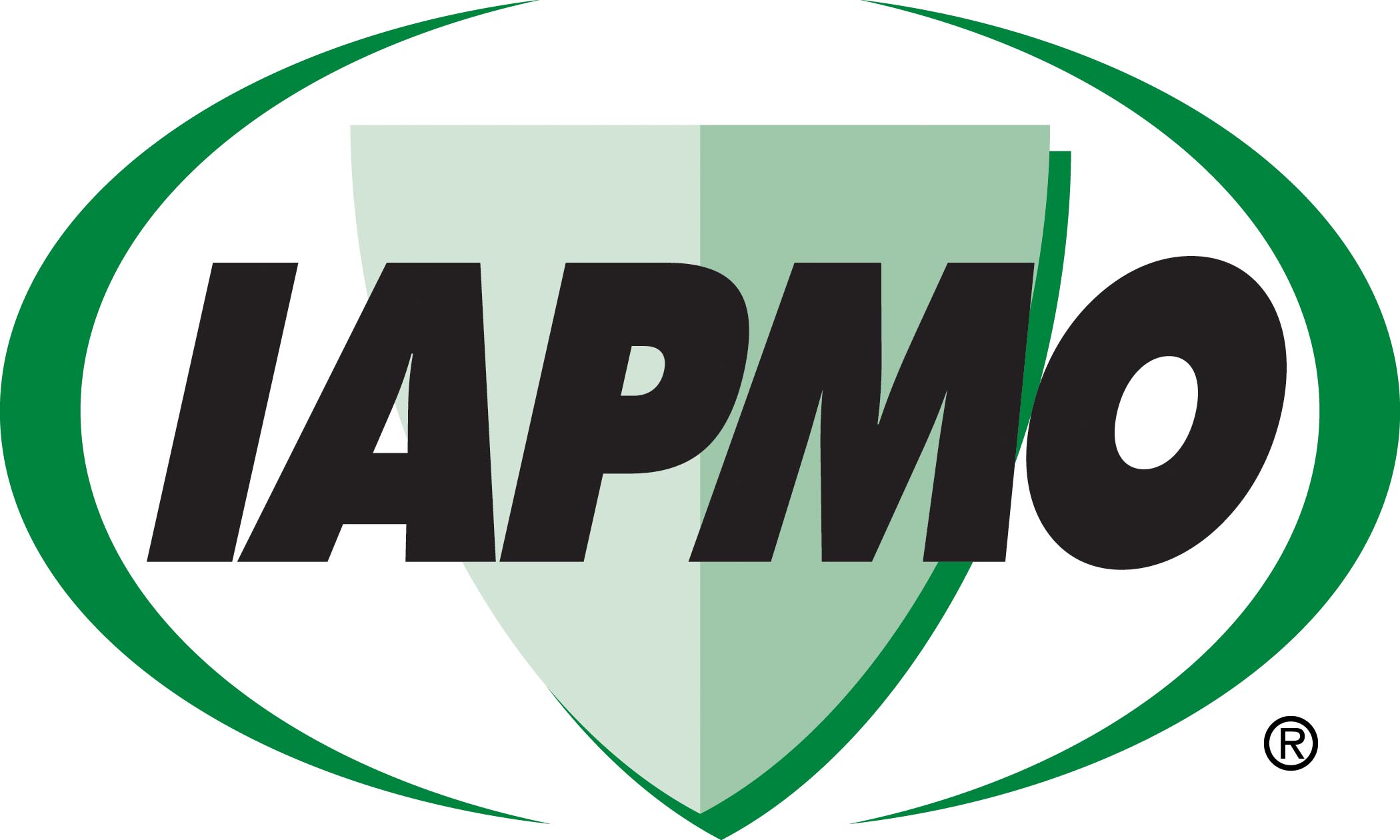February 20, 2025

From the 2024 UPC Illustrated Training Manual, Chapter 8 – INDIRECT WASTES
805.0 Pressure Drainage Connections.
805.1 General. Indirect waste connections shall be provided for drains, overflows, or relief vents from the water supply system, and no piping or equipment carrying wastes or producing wastes or other discharges under pressure shall be directly connected to a part of the drainage system.
The preceding shall not apply to an approved sump pump or to an approved pressure-wasting plumbing fixture or device where the Authority Having Jurisdiction has been satisfied that the drainage system is adequately sized to accommodate the anticipated discharge thereof.
Since water supply systems are pressurized, any discharges from such systems to the drainage system shall be indirectly wasted. Examples are T&P relief valves from a water heater and pressure-reducing valves (see also Section 801.5).
Pressurized waste is prohibited from direct connection to the drainage system because of the potential to overload or pressurize the system. The drainage system flows by gravity so the introduction of an unaccounted pressurized flow will disrupt that flow.
This provision does not apply to any approved sump pump or pressure-wasting plumbing fixture such as a commercial dishwasher (see Section 414.3), provided the drainage system is adequately sized to receive the anticipated discharge and has previously been approved by the AHJ. Sizing for continuous flow is provided for in Section 710.5.
From the 2024 UMC Illustrated Training Manual, Chapter 8 – DUCT SYSTEMS
603.8 Protection Against Flood Damage. In flood hazard areas, ducts shall be located above the elevation required by the building code for utilities and attendant equipment or the elevation of the lowest floor, whichever is higher, or shall be designed and constructed to prevent water from entering or accumulating within the ducts during floods up to such elevation. Where the ducts are located below that elevation, the ducts shall be capable of resisting hydrostatic and hydrodynamic loads and stresses, including the effects of buoyancy, during the occurrence of flooding to such elevation.
This section provides consistency with the regulations of the National Flood Insurance Program (NFIP) and the flood-resistant provisions of ASCE 24. In particular, the NFIP regulations require that service systems and equipment be elevated above the design flood elevation, but also provides an option to elevating. The alternative is set forth in regulation at 44 CFR §60.3(a)(3)(iii) and (iv), and requires that buildings and structures be constructed with methods and practices that minimize flood damages and, specifically, that electrical, heating, ventilation, plumbing and air-conditioning equipment and other service facilities be designed and/or located so as to prevent water from entering or accumulating within the components during conditions of flooding.
(This is not to be considered the official position of IAPMO, nor is it an official interpretation of the Codes.)

IAPMO
IAPMO develops and publishes the Uniform Plumbing Code®,the most widely recognized code of practice used by the plumbing industry worldwide; Uniform Mechanical Code®; Uniform Swimming Pool, Spa and Hot Tub Code®; and Uniform Solar Energy, Hydronics and Geothermal Code™ — the only plumbing, mechanical, solar energy and swimming pool codes designated by ANSI as American National Standards — and the Water Efficiency Standard (WE-Stand)™. IAPMO works with government, contractors, labor force, and manufacturers to produce product standards, technical manuals, personnel certification/educational programs and additional resources in order to meet the ever-evolving demands of the industry in protecting public health and safety.
Last modified: February 20, 2025
